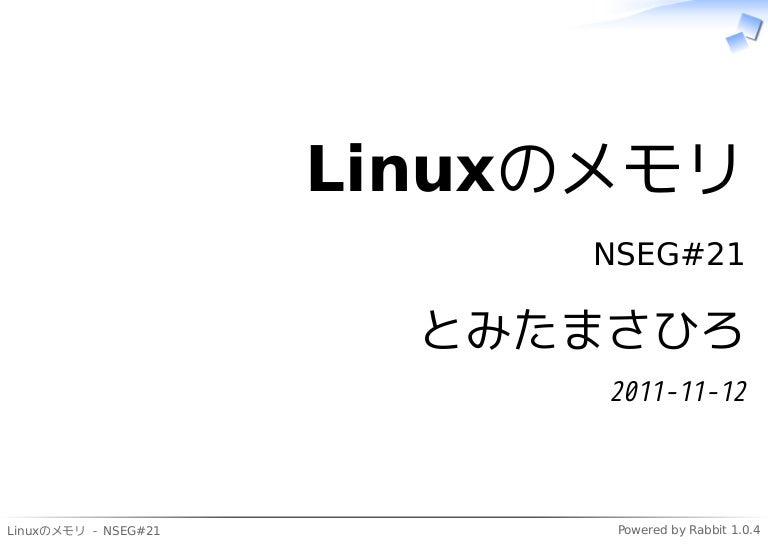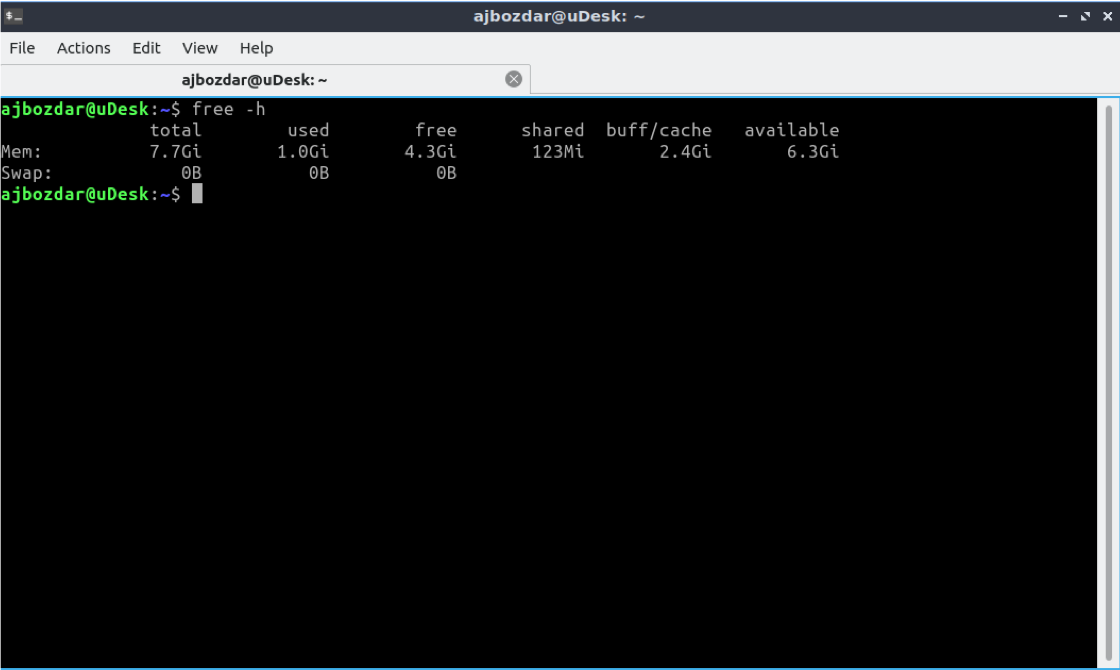
In this output above you can see the details of the first memory module. Normal users won’t have the right permissions to read all information. To gather memory information, tell the dmidecode to only show information for device type 17.ĭepending on your hardware it may be able to extract the specifics of your modules and show detailed information. You will need the dmidecode utility for this, which is available for most Linux distributions. The next step is learning more about the RAM modules itself. Details and information about RAM modules Especially with 32 bits versions of Linux, this number is limited. If there is a big gap, then this might be caused by the kernel and how many memory it can allocate. The small portion “missing” is used by the initial loading of the kernel. This indicates that most of the memory can be used and is a good thing. The first value shows what is currently available, the second value displays the total memory in the system. This information shows the number of memory available in kilobytes.
FREE MEMORY LINUX HOW TO
There are a few ways on how to achieve this, starting from the data stored in dmesg. The first step is to discover the amount of RAM we have in the system.


So we will also have a look at tuning programs and their memory usage, as this is typically a problem with memory-hungry programs. The program itself is relatively small, the data itself is huge. A good example is when you are running a MySQL database server. Besides the program code, memory also stores a lot of data. Typically we will find in this type of memory the programs that are running on the system, including the Linux kernel itself. This is the memory which can be used for both showing and storing data. When we talk about memory in this article, we usually mean random access memory ( RAM). Linux memory information Random access memory
FREE MEMORY LINUX FREE
So, the short version is, you don't want free RAM. And it may save the program from having to be loaded in from disk, which would be a huge win. It saves an operation if the memory needs to be used for something else (it can just switch from one use to another in one step rather than two steps, one to make it free and one to make it not free). So, under most conditions, option 2 is a pure win. And if the program runs again, it will not have to be loaded in from disk. This requires no operation to make it free, but a specific operation might be needed later to move it to another use.

And if the program runs again, it will have to be loaded in from disk.Ģ) It could not make the memory that held the program free. This requires a specific operation to make it free, and a specific operation to allow it to be used again.

Your operating system has two choices:ġ) It could make the memory that held the program free. Free RAM won't make your system any faster.Ĭonsider a grossly oversimplified scenario. Actually, every byte of RAM that is free represents a failure of the system to make effective use of that RAM. There is a common misunderstanding that free RAM is good. If you want the memory not to be used, take it out of the computer and sit it on your desk.


 0 kommentar(er)
0 kommentar(er)
